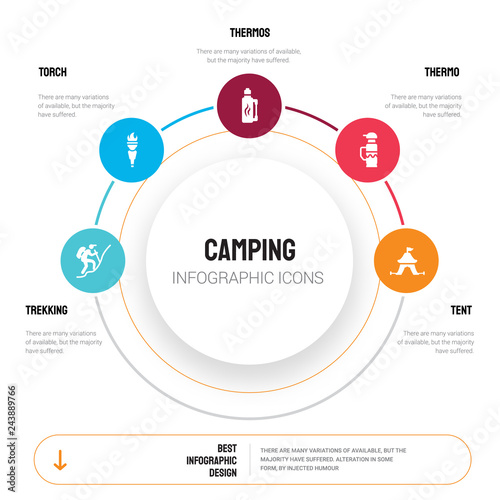Case Study Wall Tents In African Safari Lodges
The Benefits and drawbacks of Cotton Vs Polyester CanvasPolyester fabric finds a diverse variety of applications throughout the garment industry. Whether you're a musician trying to find a steady paint surface area or a supplier seeking strong ornamental materials, polyester canvas uses the appropriate balance of strength, flexibility and environmentally friendly high qualities.
Nonetheless, some people choose cotton for its breathability and softness. Garment decorators might want to take into consideration a 50/50 Cotton/Polyester blend for tasks that require both toughness and comfort.
Cost
Cotton canvas is extra expensive than polyester due to its resource-intensive growing process. It additionally calls for cautious handling and storage space to preserve its quality with time. These added expenses can drive up the overall cost of manufacturing for artists and manufacturers.
An additional disadvantage to cotton canvas is its susceptibility to fading and damages from UV direct exposure. This can result in decreased color vibrancy in time and a loss of structural integrity, especially in areas that experience regular call or heavy load-bearing.
In contrast, polyester is an artificial fiber that's crafted for uniformity and longevity. This makes it an extra cost-effective choice for producers and buyers, especially in locations where durability is a leading concern. The product's toughness also provides enhanced resistance to wrinkles and splitting with time. The artificial nature of polyester, nonetheless, can leave a bigger environmental footprint than cotton canvas if it's not sourced from natural or low-impact systems. This is an essential consideration for organizations pursuing sustainability and eco-conscious branding.
Durability
On the market for canvas rolls, purchasers face a wide range of options with contending top priorities. Cotton supplies natural texture and breathability, suitable for brand names focused on sustainability and artisan craftsmanship. Polyester, on the other hand, provides a balanced combination of toughness and security and printing performance with color vibrancy and resilience.
Ultimately, the textile you select for your products should reflect the wall tent leading concepts of your brand tale and worths. While cotton can supply a costs visual, it's likewise prone to contraction and upkeep expenses, while polyester enables better production efficiency and lasting expense effectiveness.
Both fabrics are durable and execute well in damp environments, however their contrasting high qualities make them suitable for various applications. Cotton canvas is a lot more breathable, minimizing the danger of mold and mildew and mildew in locations with high moisture. Polyester, on the other hand, is water-resistant and dries out swiftly in atmospheres where moisture can be problematic. This can reduce the risk of wetness build-up in the textile, protecting against warping or rot in your item gradually.
Comfort
When assessing fabric alternatives for your brand name-- whether you're beginning a workwear line or a cozy loungewear brand name-- the kind of cotton or polyester canvas you choose influences just how your products look, really feel, and put on. While all canvas types sustain print-on-demand and offer high form stability, they vary in shade discussion and printing sturdiness, comfort, and sustainability.
Cotton and cotton-polyester blends supply a soft structure, all-natural organic appearance, and premium heat equilibrium contrasted to synthetic alternatives. Cotton's fibers wick dampness away from the skin and enable warmth to leave, making it ideal for garments that requires extended wear in warm environments.
On the other hand, polyester's artificial nature and petroleum-based production process have an adverse energy balance, which can make it much less eco-friendly than cotton over time. Polyester's abrasion resistance and water-repellency are excellent, nevertheless, that makes it the excellent option for hefty lots or extreme climate condition like rainstorms or marine settings.
Environmental Influence
Whether selecting cotton or polyester, the suitable material for customized production relies on product performance objectives. Toughness, sturdiness, and long life are very important aspects when making products that will sustain repeated abrasion, heavy load-bearing, or high anxiety factors. Water resistance, seam stability, and UV stability are likewise essential to long-term success in outside and wet atmospheres.
While both textiles can perform well in these areas, their environmental effect is a little various. Cotton's natural, breathable building requires substantially extra resources for growing than polyester's artificial fibers.
When picking an eco lasting material, take into consideration a variety of impact evaluation approaches to evaluate the complete environmental impact of your product. Some focus on certain effects (like worldwide warming possibility, water usage, and deficiency) while others rely upon even more holistic evaluations like ReCiPe, ILCD, CML, and Eco-indicator 99.
